- Home
- Machining techniques
- CNC Machining Services
- Cooperative supply services
- Designs
- Materials
- Finishing Services
- Shop
- Products
- Guide
- About Us
- Contact Us
2022.10.22
Some plastics are popular materials to manufacture car parts due to their high performance and lightweight characteristics. What are the common types of plastics used in the automotive industry? And what auto parts are made of plastics?
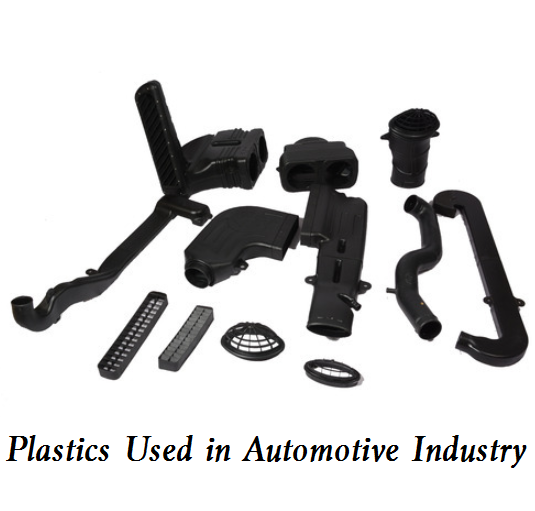
General-Purpose Plastics
General-purpose plastic refers to the widely used plastics with large production, good formability, and low price. There are mainly five types of general plastics, all of which are thermoplastics.
1. PP
Polypropylene, similar to white wax, transparent and light, has good fluidity during injection molding, and its water absorption is less than 0.02%. The shrinkage of PP is 1.0-3.5%, and the appropriate thickness is 1.5-2.5mm. There are two main problems in the wide use of PP in the automotive field: easy combustion (falling combustibles) and brittleness in low-temperature environments. In view of these two problems, PP was modified by adding appropriate additives in industrial practical applications. Flame retardant will be added when it is easy to burn. It is brittle at low temperatures. It is mainly modified and toughened by adding other ductile materials, rigid particles, or elastomers, such as EPDM and GF. There are many automotive CNC parts made of PP plastic, including various instrument panels, door guards, column guards, bumpers, water tanks, and decorative panels. PP has more and more applications in automobiles.
2. PE
Polyethylene, one of the lightest plastics, is a translucent white wax material with good water resistance, acid and alkali resistance, organic solvent resistance, and excellent electrical insulation. The shrinkage is 1.5~4.0%, and the appropriate thickness is 1.0-2.5mm. The biggest disadvantage of PE as an automobile material is that it is easy to burn. The simplest and most commonly used method is to add appropriate flame retardant to improve the combustion performance of PE. Automobile parts made of PE mainly include the fuel tank, front seat trim cover, air duct assembly (HDPE), vent duct assembly, etc.
3. PVC
Common PVC is a multi-component plastic. Because of the different content of each component, various PVC particles with different hardness and different mechanical properties are formed, which are generally divided into soft PVC and hard PVC. Shrinkage: 1-1.5% for hard PVC, 2-2.3% for soft PVC, and 2-3.5mm for appropriate thickness. The most commonly used plastic raw material in automotive plastic products is PVC. PVC car parts almost can be seen everywhere, including steering wheels, plastic liners, and flooring materials. PVC plastic has a reasonable price and also has good machining properties and great mechanical properties.
4. PS
Polystyrene is a transparent glass-like material with good fluidity and no water absorption. Because of the brittleness of PS, it is often grafted and copolymerized with other substances, such as butadiene to form HIPS. The impact strength and surface hardness of the component containing rubber are greatly improved. The shrinkage rate is 0.4-0.7%, and the appropriate thickness is 2-3mm. PS is mainly used in instrument housings, lampshades, and lighting products in automobiles. Polystyrene can also be used to prepare packaging materials and thermal insulation materials through foaming molding for the production of ceilings.
5. ABS
Acrylonitrile Butadiene Styrene has a shrinkage rate of 0.4-0.7%, and the appropriate wall thickness is 1.8-3mm. ABS is widely used in the automobile field due to its variety, good surface treatment effect, and low price. In view of the poor weather resistance of ABS, high weather-resistant materials such as AES and ASA have been widely used in commercial vehicles to supplement ABS. When the product needs surface treatment (such as water transfer film and spraying), ABS is used. ASA and AES are selected when surface treatment is not required. The most typical automotive ABS products are decorative bright strips, interior handles, license plate trim panels, rear spoiler assembly, rearview mirror body, radiator grille body, etc.
Engineering Plastics
Engineering plastics are also widely used in the automotive field due to their good mechanical properties.
1. PA
Polyamide, commonly known as nylon, is widely used in industry, including PA6, PA66, and PA610. Due to the influence of thermal expansion and water absorption, the dimensional stability of the parts is poor, and the shrinkage rate is 1-2%. Attention should be paid to the dimensional change of moisture absorption after molding. The water absorption rate is 100%, and it can absorb 8% when the relative moisture absorption is saturated. The appropriate wall thickness is 2~3.5mm. In the automotive field, PA is mainly used to manufacture hoses (brake hoses, fuel pipes), combustion oil filters, air filters, oil filters, water pump housings, water pump impellers, fans, brake fluid tanks, power steering fluid tanks, white leaf windows, headlight housings, and safety belts.
2. PMMA
Polymethacrylate is a plastic that is resistant to outdoor aging and has excellent light transmittance. It is a transparent structural member with certain strength requirements. PMMA is widely used on automobile lighting signboards, door glass and lamp glass cover due to its good light transmission performance.
3. POM
Polyoxymethylene, commonly known as plastic steel, has a shrinkage of 2-3.5%. Suitable wall thickness: 1.5-2.5mm. POM is used in automobiles to manufacture glove box accessories of the instrument panels, various valves (drainage valves, air conditioner valves, etc.), various impellers (water pump impellers, air heater impellers, oil pump impellers, etc.), various electrical switches and pinions, handles and door pins on electrical instruments.
4. PC
Polycarbonate, with outstanding impact toughness and creep resistance, has a good heat resistance and cold resistance. The shrinkage rate is 0.5-0.7%, and the appropriate wall thickness is 2-3.5mm. The shrinkage, mechanical strength, and temperature resistance of PC can be improved by adding glass fiber. Long-term use of a PC at about 100 ℃ will increase its rigidity. Annealing can be used to improve internal stress.
5. PU
Polyurethane foam plastics are widely used in automobile interiors and vibration-absorbing parts. PU representative products on automobiles include instrument panels, rearview mirrors, bumpers, seat cushions, steering wheels, instrument panel vibration pads, pillar trim, window frames, ceiling, side roof frame decoration, sun visors, rear roof frame decoration, etc.
Specialty Plastics
Glass fiber reinforced plastic is a type of specialty plastic based on the original pure plastic, adding glass fiber and other additives to improve the use of materials. Generally speaking, most of the glass fiber reinforced materials are used in structural parts of products and are structural engineering materials The representative material of glass fiber reinforcement, glass fiber reinforced plastics/composite materials are used in the automotive industry, including body parts, structural parts, and functional parts.
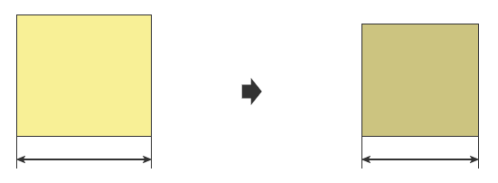 Mold Shrinkage Chart, Formula, Calculation, Plastic Shrinkage Rate | Injection Molding Shrinkage
Mold Shrinkage Chart, Formula, Calculation, Plastic Shrinkage Rate | Injection Molding Shrinkage
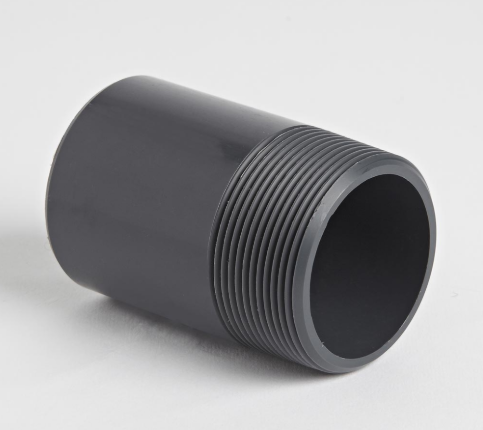 Machining PVC: Polyvinyl Chloride Properties, Benefits, Applications & Machining Tips | CNCLATHING
Machining PVC: Polyvinyl Chloride Properties, Benefits, Applications & Machining Tips | CNCLATHING
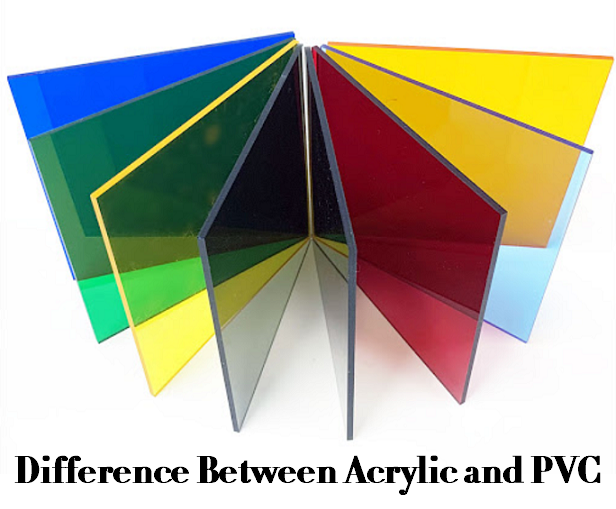 Plastic Material Selection: Difference Between Acrylic (PMMA) and PVC | CNCLATHING
Plastic Material Selection: Difference Between Acrylic (PMMA) and PVC | CNCLATHING
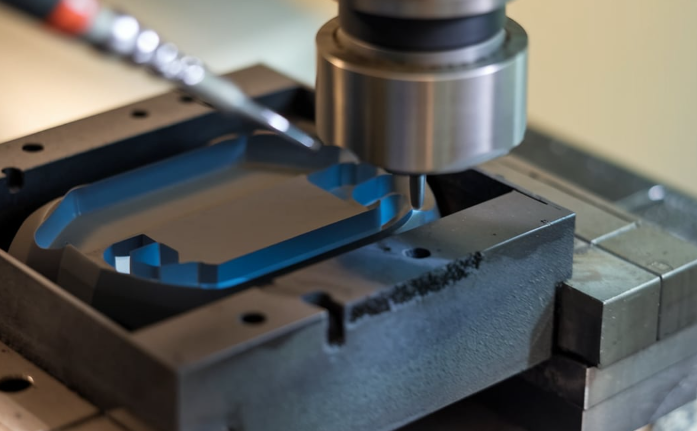 What Is Glass Filled Nylon – PA GF Material Properties, Pros, Cons, Uses & Glass Filled Nylon vs Nylon
What Is Glass Filled Nylon – PA GF Material Properties, Pros, Cons, Uses & Glass Filled Nylon vs Nylon
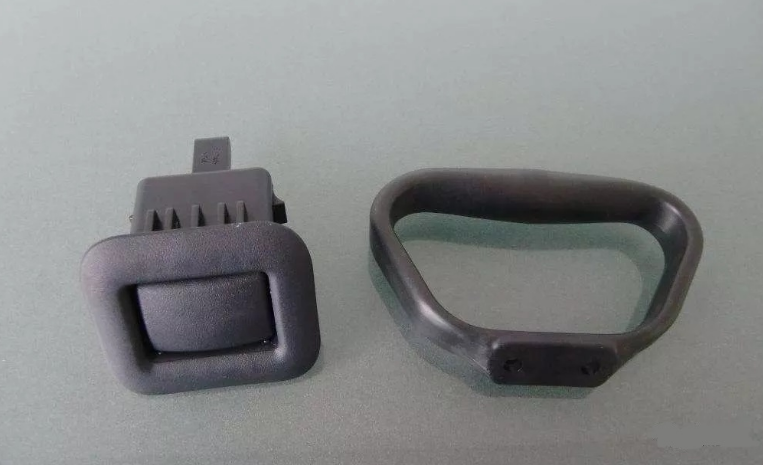 What Causes Dimensional Variations Of Injection Molding And How To Fix
What Causes Dimensional Variations Of Injection Molding And How To Fix
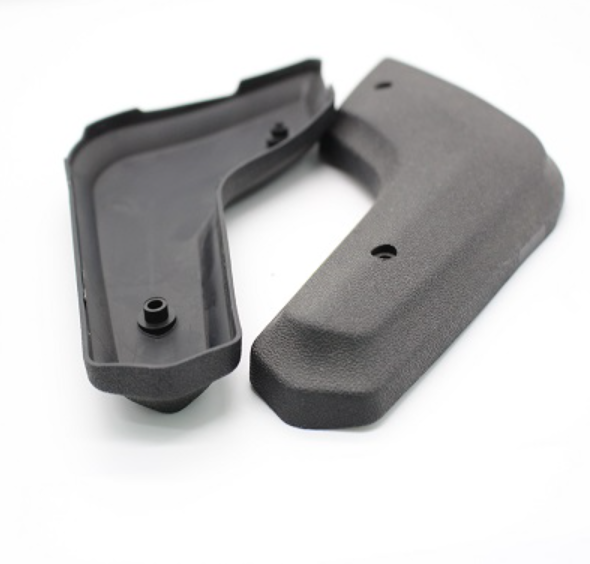 Plastic Shrinkage: What Causes Plastic Shrinkage & How To Fix | CNCLATHING
Plastic Shrinkage: What Causes Plastic Shrinkage & How To Fix | CNCLATHING
